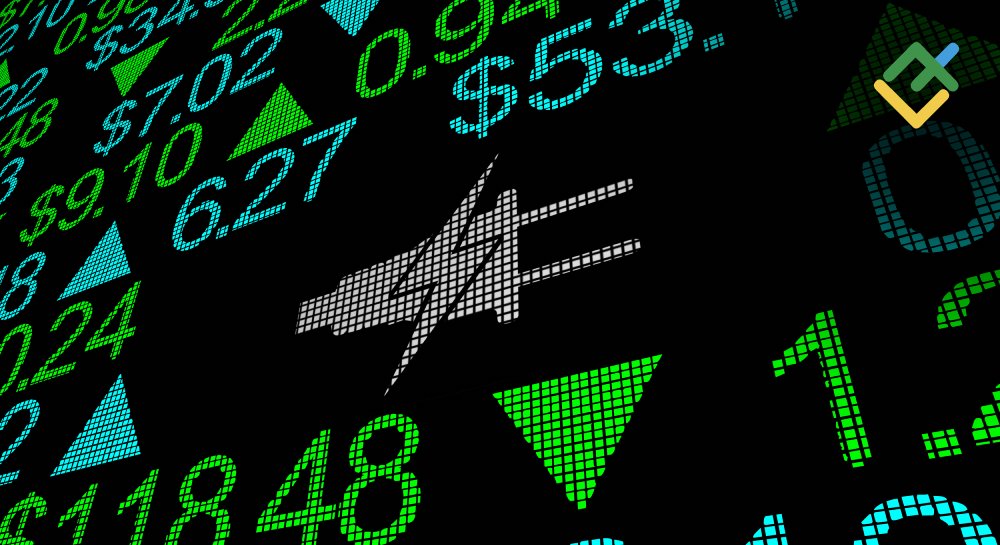eToro expanded its staking offerings by adding
Polkadot (DOT) and Cosmos (ATOM) to its crypto staking program, offering users
new opportunities to earn passive income.
According to the company’s announcement, this move
enhances the platform’s staking portfolio, which already includes popular
assets like Solana, Ethereum, and Cardano, giving investors a broader range of
assets to stake and grow their holdings.
eToro’s latest addition comes amid heightened market
volatility caused by the recent tariffs announced by Donald Trump. At the time
of this publication, Polkadot (DOT) ranked #20 on CoinMarketCap with a market
valuation of $6 billion, which has been down 6% in the past.
On the other hand, Cosmos is down 2% and 9% in the
past day and week, respectively. The blockchain, which promised to simplify
blockchain technology, ranks#47 with a market cap of $1.6 billion.
The Growing Appeal of Crypto Staking
“With growing interest in crypto, we remain
committed to providing users with more opportunities to engage with digital
assets and participate in the blockchain ecosystem,” Adi Lasker Gattegno,
Director of Crypto Desk at eToro, said.
“Following the successful launch of NEAR and POL
staking on eToro in December, we’re excited to offer staking for two more
assets, allowing users to earn passive rewards easily and securely.”
eToro’s decision to incorporate Polkadot and Cosmos
into its staking options comes as demand for blockchain participation grows.
The platform has been proactive in adding new assets for users, with recent
additions including NEAR Protocol and Polygon.
The staking process allows users to lock their crypto
assets, supporting network operations such as transaction validation in
exchange for rewards.
How Staking Rewards Work
The staking rewards are structured based on the user’s
eToro Club tier, with eligible users earning between 45% and 90% of the staking
yield. eToro retains a percentage to cover the operational and technical costs
involved in securing the staking process. This system is designed to offer
users both flexibility and security.
To participate, users must reside in regions where
staking is permitted, and positions must be held for a specific duration of
‘intro days’ to qualify. Staking rewards will be updated monthly via email,
giving users transparency about their earnings.
eToro expanded its staking offerings by adding
Polkadot (DOT) and Cosmos (ATOM) to its crypto staking program, offering users
new opportunities to earn passive income.
According to the company’s announcement, this move
enhances the platform’s staking portfolio, which already includes popular
assets like Solana, Ethereum, and Cardano, giving investors a broader range of
assets to stake and grow their holdings.
eToro’s latest addition comes amid heightened market
volatility caused by the recent tariffs announced by Donald Trump. At the time
of this publication, Polkadot (DOT) ranked #20 on CoinMarketCap with a market
valuation of $6 billion, which has been down 6% in the past.
On the other hand, Cosmos is down 2% and 9% in the
past day and week, respectively. The blockchain, which promised to simplify
blockchain technology, ranks#47 with a market cap of $1.6 billion.
The Growing Appeal of Crypto Staking
“With growing interest in crypto, we remain
committed to providing users with more opportunities to engage with digital
assets and participate in the blockchain ecosystem,” Adi Lasker Gattegno,
Director of Crypto Desk at eToro, said.
“Following the successful launch of NEAR and POL
staking on eToro in December, we’re excited to offer staking for two more
assets, allowing users to earn passive rewards easily and securely.”
eToro’s decision to incorporate Polkadot and Cosmos
into its staking options comes as demand for blockchain participation grows.
The platform has been proactive in adding new assets for users, with recent
additions including NEAR Protocol and Polygon.
The staking process allows users to lock their crypto
assets, supporting network operations such as transaction validation in
exchange for rewards.
How Staking Rewards Work
The staking rewards are structured based on the user’s
eToro Club tier, with eligible users earning between 45% and 90% of the staking
yield. eToro retains a percentage to cover the operational and technical costs
involved in securing the staking process. This system is designed to offer
users both flexibility and security.
To participate, users must reside in regions where
staking is permitted, and positions must be held for a specific duration of
‘intro days’ to qualify. Staking rewards will be updated monthly via email,
giving users transparency about their earnings.
This post is originally published on FINANCEMAGNATES.

